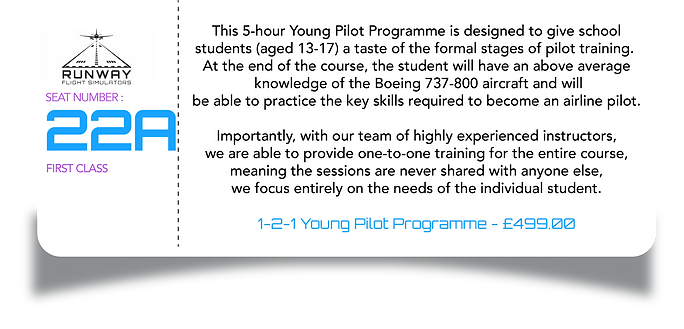
Boeing 737-800 History
The Boeing 737-800, part of the Next Generation (NG) 737 family, represents a significant evolution in the 737 series, which is the best-selling jet commercial airliner in history. The 737-800 was introduced to fill the market demand for a larger, more efficient, and longer-range variant of the 737. It made its first flight on July 31, 1997, and entered service with German carrier Hapag-Lloyd Flug (now TUI fly Deutschland) in April 1998.
The 737-800 is equipped with CFM56-7B engines, providing better fuel efficiency, lower emissions, and reduced noise compared to earlier models. Its design improvements include a longer fuselage, allowing it to accommodate up to 189 passengers in a single-class configuration or 162 in a two-class setup. The aircraft also features advanced avionics, including a glass cockpit with large displays, enhancing pilot situational awareness and safety.
Incorporating blended winglets, the 737-800 achieves better aerodynamic performance and fuel savings. It quickly became a favorite among airlines for its versatility, reliability, and lower operating costs, making it suitable for both short-haul and medium-haul routes. Over the years, it has been operated by numerous airlines worldwide, contributing significantly to the global aviation industry and shaping the landscape of modern air travel.
737-800 Features





.png)







